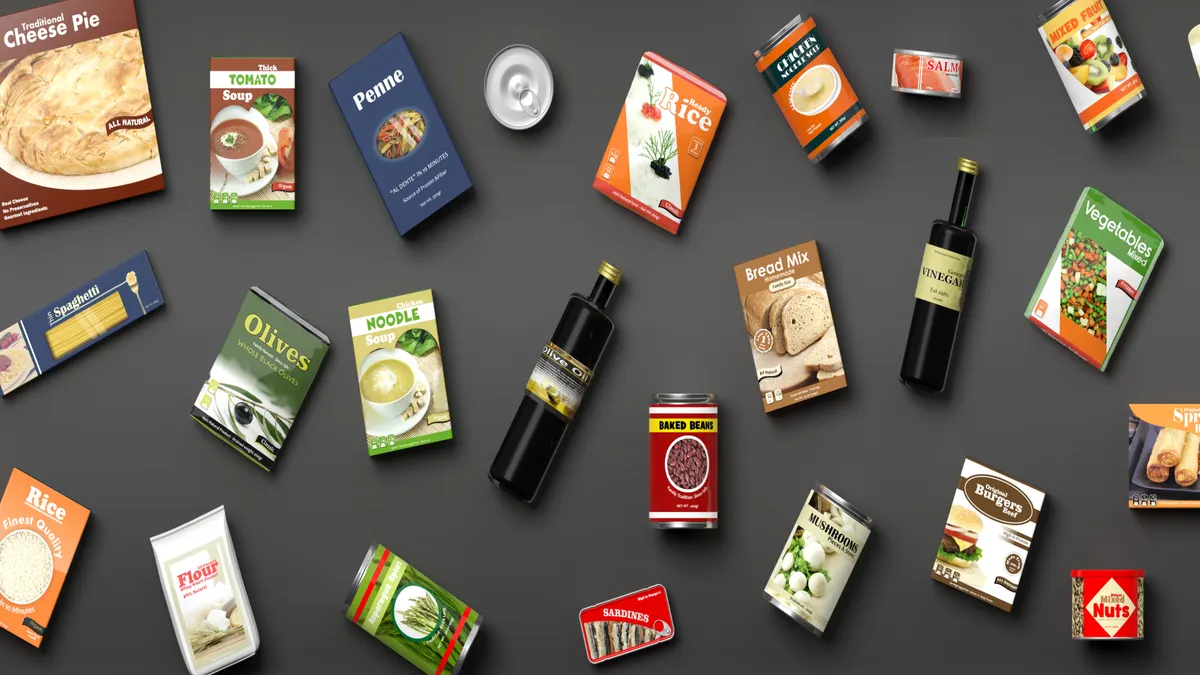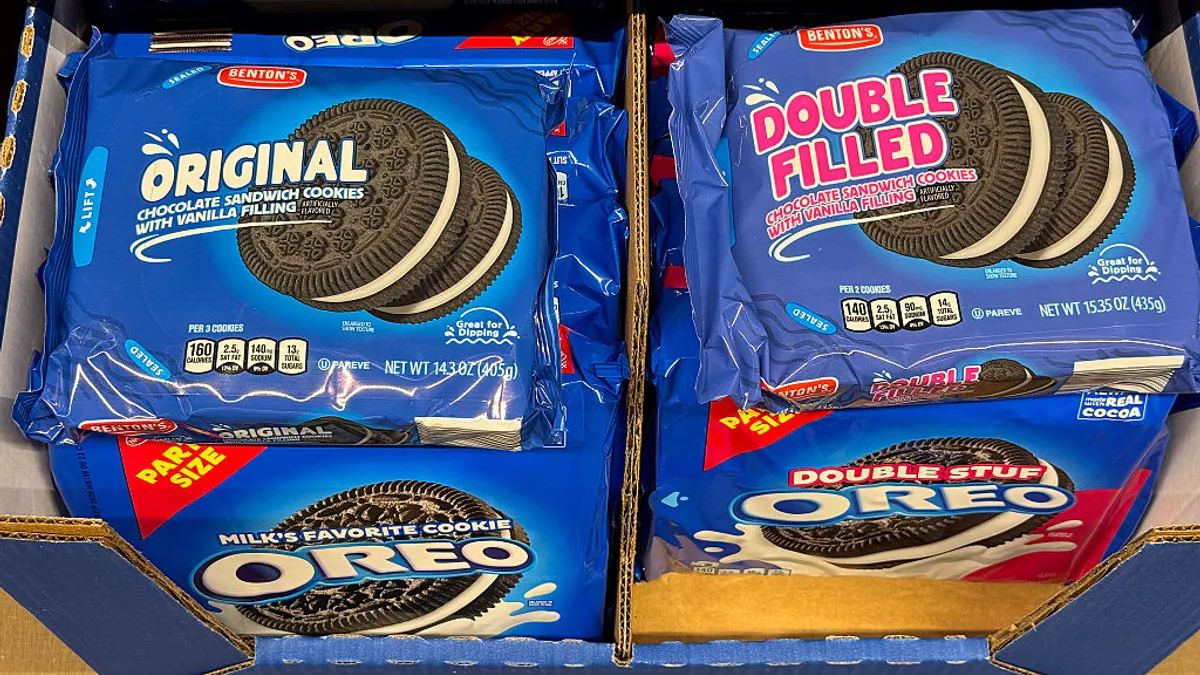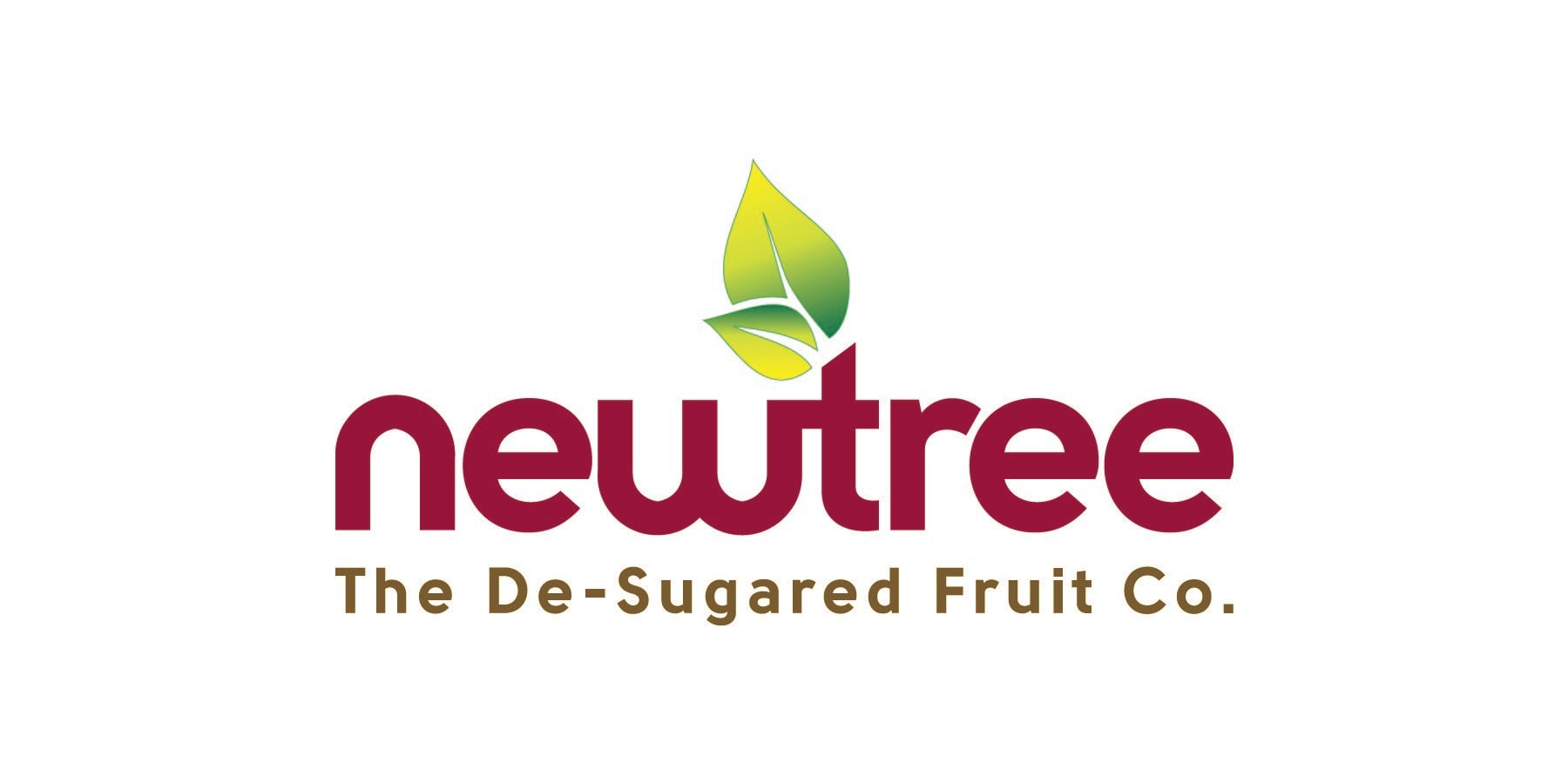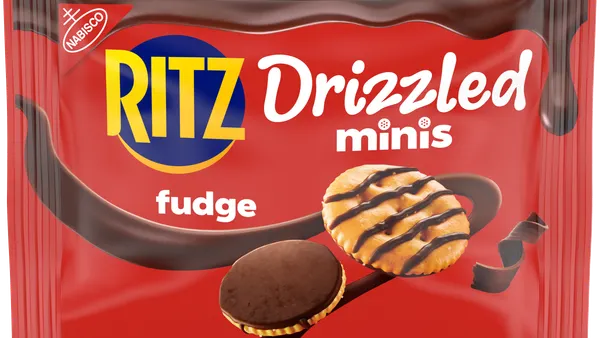Coca-Cola is relaunching cult favorite soda Mr. Pibb with some modernized changes.
The soda brand, which is known for its spicy cherry flavor, is returning to select markets with 30% more caffeine. Mr. Pibb was launched in the 1970s as a competitor to Dr. Pepper, though reformulated and rebranded as Pibb Xtra in 2001. Pibb Xtra won’t be sold while the new Mr. Pibb is available.
Consumers have long called for the Mr. Pibb brand to return, Dane Callis, director of sparkling flavors for Coca‑Cola North America, said in an interview. The relaunch comes amid rising interest in “new-stalgia,” or taking something nostalgic and improving on it for the modern consumer.
“The spirit and persona of the brand has not changed,” Callis said. “It’s simply a reformulation, and we’re going back to the name that consumers wanted and have always wanted.”
The new formulation will debut in 12-ounce cans and 20-ounce and 2-liter bottles in Florida, Chicago, Las Vegas, Michigan and California. A nationwide rollout for Mr. Pibb and Mr. Pibb Zero Sugar is planned for next year.
The new brand identity is meant to strike a balance between tapping into consumer nostalgia while also attracting a new generation of customers that has never tasted Mr. Pibb.
Beverage companies have revived discontinued brand names as a way to gain instant brand awareness in a crowded soda category ripe with innovation and competition. Slice soda and Jolt Cola also returned with added attributes such as better-for-you ingredients.
Callis said Mr. Pibb’s added caffeine level helps it stand out in the crowd, particularly in the spicy cherry soda segment, which has more limited caffeine levels. The previous Mr. Pibb recipe had about 40 milligrams of caffeine, similar to Coca-Cola, while the new recipe has 54 milligrams. The added caffeine is meant to position the Mr. Pibb brand for consumers with a “bold, rebellious attitude,” Callis said. The brand plans to lean into experiential marketing events at college campuses and music festivals.
Adding more caffeine is just one way of meeting changing consumer preferences and addressing the many use cases of soda, Callis said, especially as the category sees more innovation and other better-for-you options. Offering a sugar-free version of the soda was also a move to reach more consumers and give them more choices.
Relaunching a previous flavor with updated packaging is part of a larger strategy to capitalize on consumer’s interest in nostalgia. Earlier this year, Coca-Cola launched retro versions of its Diet Cherry Coke and Diet Coke Lime. Like Mr. Pibb, these launches followed consumer interest in the products on social media.
Coca-Cola credits innovation for its revenue growth over the first three quarters of the year, and the company sees “strong velocities” for innovation moving forward, CEO James Quincey said in an earnings call with investors last month.
In the third quarter, Coca-Cola’s overall revenue grew 5% year over year to $12.5 billion.
Editor’s note: This story has been updated with Mr. Pibb’s caffeine content.













